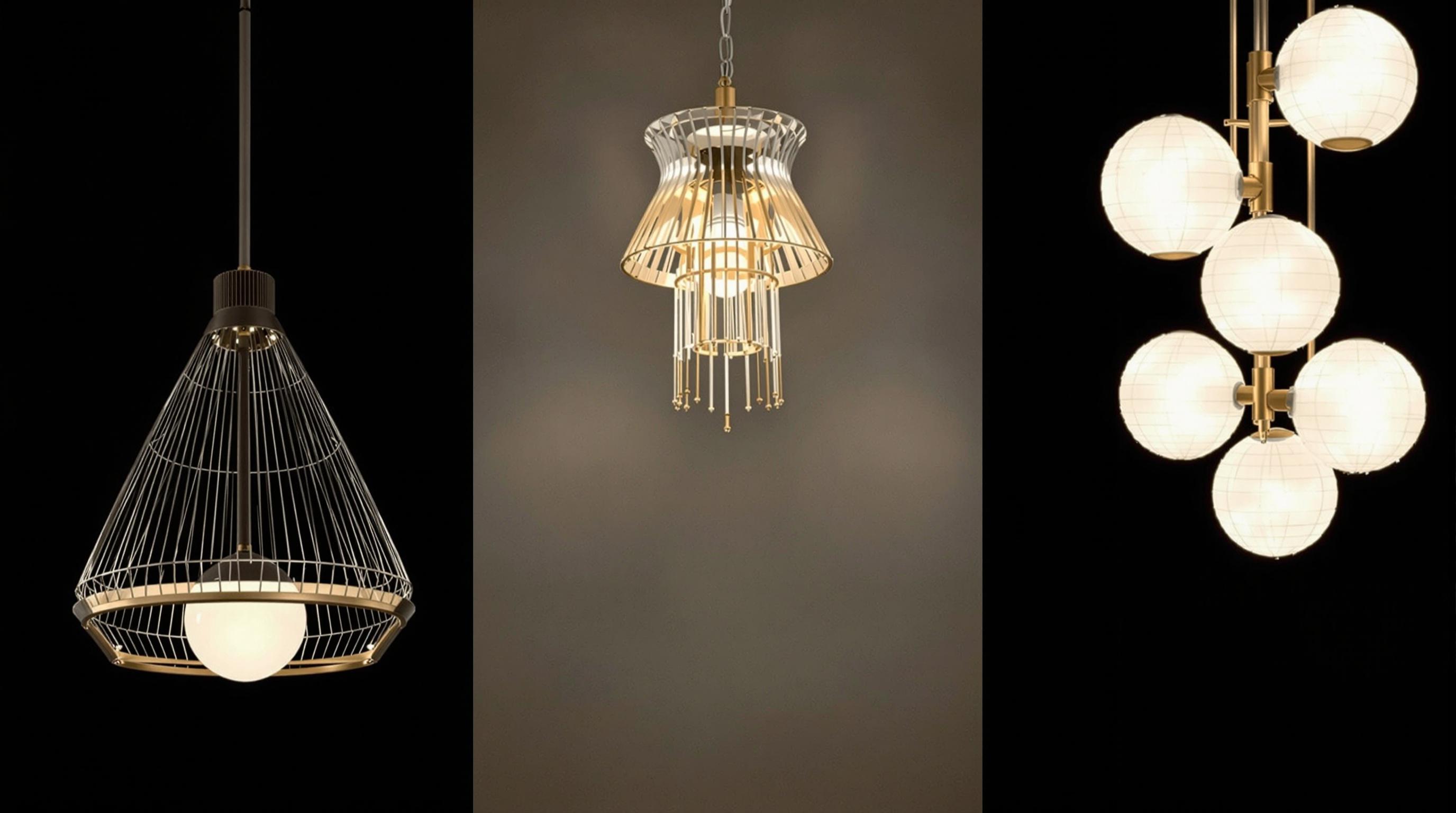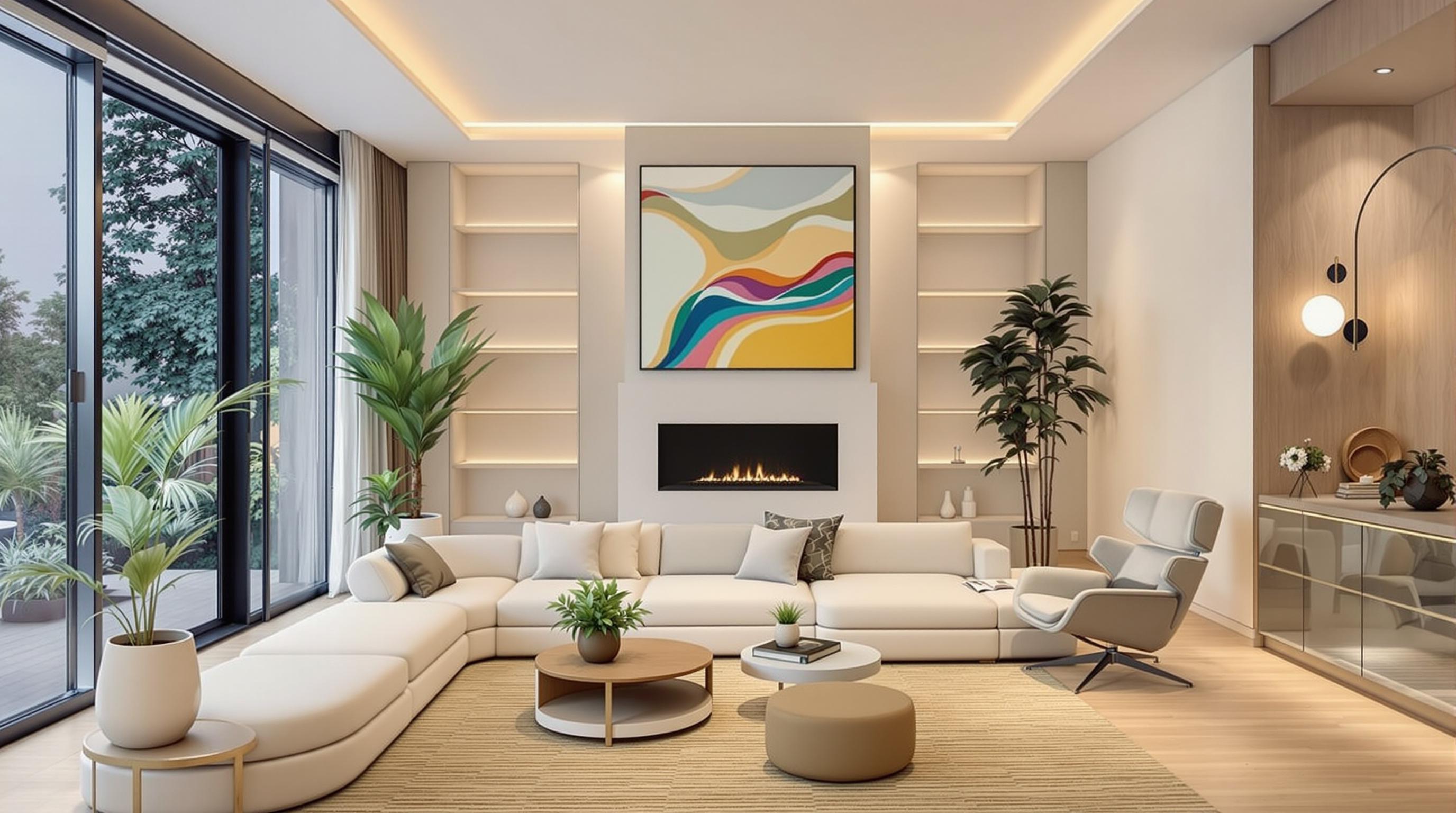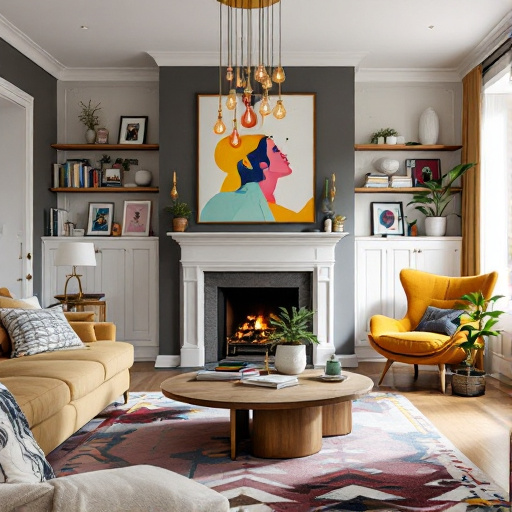Featured Articles
- 8 Innovative Home Decor Trends Shaping Sustainable Luxury Living in 2024
- "Beyond Minimalism: Embracing the Chaos With Maximalist Decor in Modern Homes"
- "Feng Shui Meets Minimalism: The Surprising Blend That's Transforming Modern Home Spaces"
- Forgotten Corners: How Nooks and Crannies Are Revolutionizing Modern Home Decor Trends
- Reviving the Past: How Vintage Office Decor is Making a Comeback in Modern Homes
8 Innovative Home Decor Trends Shaping Sustainable Luxury Living in 2024
8 Innovative Home Decor Trends Shaping Sustainable Luxury Living in 2024
8 Innovative Home Decor Trends Shaping Sustainable Luxury Living in 2024
1. Upcycled and Reclaimed Materials
One of the most significant trends in sustainable luxury living is the use of upcycled and reclaimed materials. Consumers are increasingly drawn to unique, high-quality pieces that tell a story and reduce waste. Furniture and decor crafted from reclaimed wood, metal, and other salvaged elements not only offer a distinctive aesthetic but also minimize the environmental footprint of new production.
Designers are embracing this approach by creating elegant items that blend traditional craftsmanship with modern aesthetics. This trend is particularly popular in urban homes where sustainability meets sophistication, reflecting a growing preference for consciously sourced interiors.
Studies from the Sustainable Furnishings Council highlight that upcycled materials can reduce waste by up to 70% compared to manufacturing entirely new products, reinforcing their importance in eco-conscious luxury design (Sustainable Furnishings Council, 2023).
2. Biophilic Design
Biophilic design continues to gain momentum as homeowners seek to reconnect with nature while enjoying luxury living. This trend integrates natural elements such as plants, water features, and organic textures into indoor spaces, promoting wellness and tranquility.
In 2024, designers are focusing on incorporating large indoor gardens, living walls, and natural light through expansive windows. These features not only enhance air quality but also reduce stress and improve overall well-being.
The World Green Building Council reports that biophilic design can boost productivity and reduce sick days by up to 15%, making it a smart choice for luxury homes prioritizing health and sustainability (World Green Building Council, 2022).
3. Zero-Waste Decor
Zero-waste decor is a rising trend that emphasizes minimizing discarded materials at every stage of production. From sourcing to installation, designers are employing zero-waste principles to craft beautiful, functional interiors.
This methodology encourages the use of modular furniture, multi-functional pieces, and materials that can be fully recycled or composted after use. The goal is to create an elegant home environment without contributing to landfill waste.
Brands adopting zero-waste practices report higher client satisfaction due to the ethical values aligned with their products, establishing zero-waste decor as a defining element of modern sustainable luxury (Zero Waste International Alliance, 2023).
4. Smart Home Integration for Energy Efficiency
Sustainable luxury living in 2024 is increasingly defined by smart home technologies that optimize energy use. Advanced systems for lighting, heating, and cooling adjust based on occupancy and weather, significantly lowering energy consumption.
Smart appliances and IoT devices allow homeowners to monitor and control energy use remotely, fostering both convenience and sustainability. This integration helps reduce utility costs while promoting responsible energy habits.
The International Energy Agency reports that smart home technologies can reduce household energy demand by up to 25%, underscoring their role in luxury homes looking to marry comfort with environmental stewardship (IEA, 2022).
5. Natural and Non-Toxic Materials
Luxury homeowners are now prioritizing health alongside eco-friendliness by embracing natural and non-toxic materials. This includes everything from organic cotton textiles to VOC-free paints and natural stone finishes.
These materials contribute to better indoor air quality and reduce exposure to harmful chemicals, aligning with the increasing focus on holistic well-being in home environments.
A study published by the Environmental Protection Agency highlights that homes using non-toxic materials have significantly lower indoor pollution levels, reinforcing this trend’s importance in luxury sustainable design (EPA, 2023).
6. Minimalist Luxury Aesthetics
Minimalism remains at the forefront of sustainable luxury, emphasizing quality over quantity. This aesthetic fosters a clutter-free space that highlights craftsmanship and timeless design, minimizing the need for frequent replacements.
In 2024, the approach focuses on clean lines, neutral palettes, and multifunctional furniture, combining elegance with functionality. Minimalism helps reduce consumption and waste by advocating for intentional purchasing.
Design experts note that minimalist interiors tend to have a lower environmental impact due to reduced resource use, making them a sustainable choice for luxury living (Design Council, 2023).
7. Locally Sourced Artisanal Pieces
There is a growing appreciation for locally sourced, artisanal decor in sustainable luxury homes. These pieces support local economies, reduce transportation emissions, and emphasize craftsmanship quality.
Homeowners are investing in bespoke artwork, handwoven textiles, and pottery that reflect regional culture and sustainability values. This practice results in homes that feel unique and environmentally conscious.
The Crafts Council’s 2023 report shows a 40% increase in consumer interest for locally made artisanal goods, cementing their place in contemporary luxury environments.
8. Sustainable Lighting Innovations
Lighting design is evolving with sustainability and luxury in mind. Innovations include LED fixtures with longer lifespans, solar-powered lamps, and lighting that mimics natural daylight rhythms.
These technologies reduce energy usage and enhance ambiance, contributing to eco-friendly yet opulent living spaces. Customizable lighting solutions now allow homeowners to adjust brightness and color temperature to suit mood and time of day.
The U.S. Department of Energy cites that energy-efficient lighting cuts electricity consumption by 75%, making it a cornerstone in sustainable luxury interiors (DOE, 2023).




